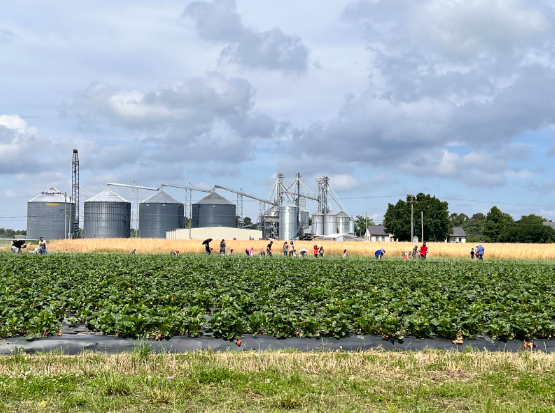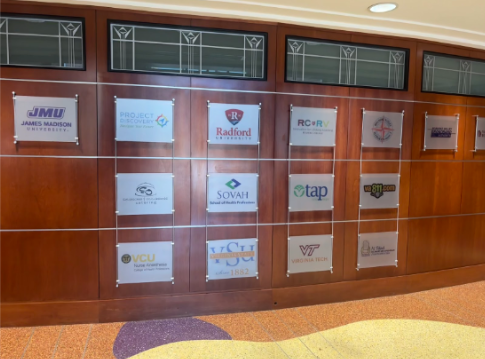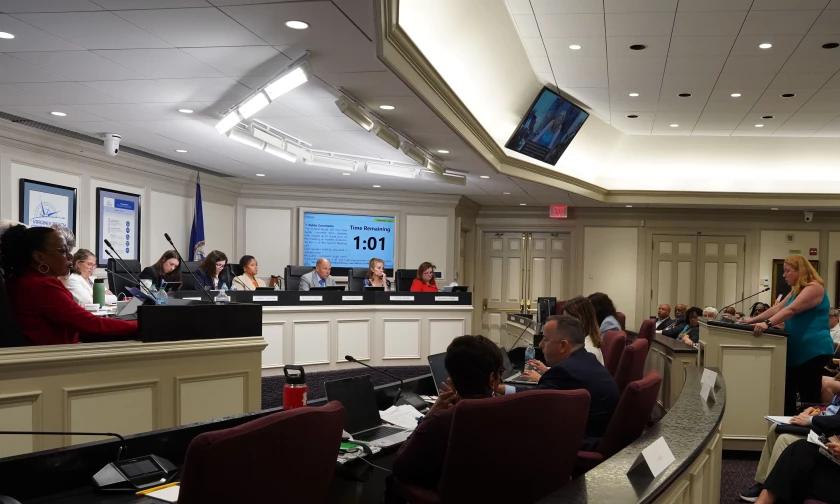
The morning routine. It’s a scenario the world knows well because it’s universal.
The developed world is awakened by an alarm and rushes to prepare for the day. It’s the smell of breakfast, the route to school and businesses opening their doors.
The developing world, on the other hand, wakes up with the hope of food on the table and often works malnourished.
That was normal until the Green Revolution began in the 1960s.
In the 1950s, 65% of people worldwide were malnourished with the bulk living in less-developed countries (LDCs). Today, that number has been reduced to 9%, all while the global population has steadily increased, according to Ohio State University.
The introduction of Genetically Modified Organisms (GMOs), was the change that saved the lives of countless individuals.
GMOs are organisms with scientifically altered DNA, which were created by scientists to accelerate the natural selection process to better suit the Earth’s growing population.
“[GMOs are] probably one of the biggest impacts the last 50 years have had on helping countries become more developed,” said AP Human Geography teacher Stasia LaRoche.
Yet, GMOs are heavily scrutinized by the developed world. That’s because they weren’t made with the developed world in mind.
In the developed world, GMOs often find themselves thrown under the bus by conspiracy. Environmental ruin, an increase in obesity, the amount of chemicals consumed and allergies have all been pinned on the increased use of biotechnology.
Yet, the only scientifically proven effects of GMOs have been found in how they’ve reinvented lives in the developing world.
“It’s fed so many people, kept them alive, made them healthy and allowed people to live longer,” said LaRoche. “That’s what you want to do to help developing countries.”
Unlike in developed countries, LDCs often only rely on one stable crop, such as rice. While this is easier on farmers, it doesn’t provide enough nutrients.
The solution is GMOs.
For example, a new genetically modified (GM) crop called “golden rice” stimulates our bodies to make vitamin A. Vitamin A deficiency kills two million children each year and leaves 500,000 permanently blind in the developing world, according to PBS.
GM crops like golden rice aim to increase the vitamins and minerals LDCs consume. They also support the hope of fruits with genetically added vaccines. Vaccines are costly to manage and difficult to store and distribute; therefore, many people in LDCs need help to get them. GM crops may prove to be a realistic solution.
GM crops could also increase food security and be safer for the environment. Pest-resistant crops mean farmers no longer have to fear an entire season of crops being wiped out by pests.
Additionally, these GM crops include weed resistance. This means farmers can use fewer chemical sprays which is better for humans and the environment.
It’s important to recognize that no matter what, the world population will continue to increase. By the year 2050, the world population is estimated to reach nearly 10 billion people, this means food production will have to increase by 70%, according to the United Nations.
World leaders need to plan for the future and the future includes GMOs.
The debate on GMOs has become a war of theories against science. Without biotechnology, people will starve, the environment will suffer as more land is claimed for agriculture, chemical spray use will increase and the hope of improving developing countries’ food security will fade.
GMOs are how we curve rates of malnutrition, famine and hunger-related deaths.
GMOs are how we account for the inevitable increase in population.
GMOs are how we save lives.











